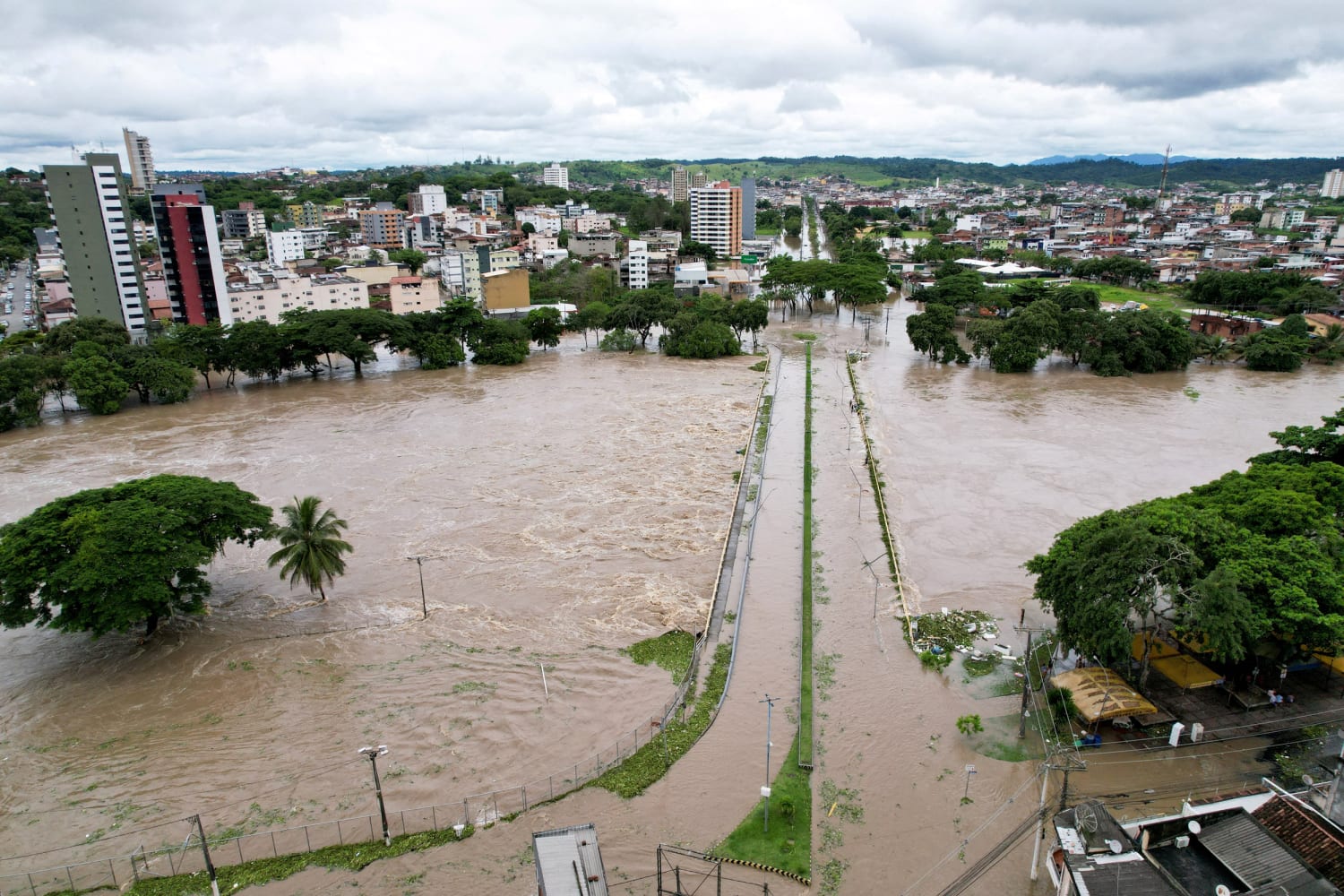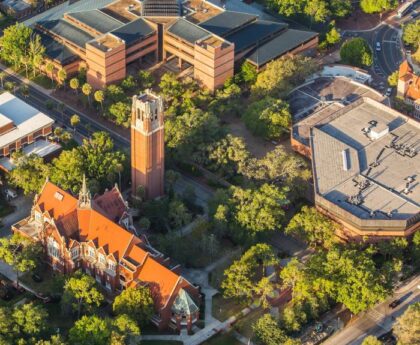The recent catastrophic floods in Brazil have left a trail of devastation, forcing nearly 70,000 people from their homes and claiming the lives of many. The southern region of Brazil, particularly the state of Rio Grande do Sul, has been severely impacted by these deadly floods, with the major city of Porto Alegre bearing the brunt of the disaster. The civil defense agency reported that 57 individuals have lost their lives, 74 are injured, and 67 remain missing in the wake of this natural calamity.
The situation in Rio Grande do Sul has been dire, with fast-rising floodwaters straining dams and posing a significant threat to the economically vital city of Porto Alegre. The Guaiba River, flowing through the city, has reached historic high levels, surpassing records set during devastating floods in 1941. The scale of the flooding has been unprecedented, with residential areas submerged, roads destroyed, and bridges swept away by the powerful currents.
The impact of the floods goes beyond displacement and loss of life. More than a million people are facing a lack of access to potable water, exacerbating the humanitarian crisis caused by the disaster. The damage is described as incalculable, prompting calls for a “Marshall Plan” of heavy investment to rebuild the affected areas in Rio Grande do Sul.The rescue and relief efforts have been monumental, with authorities scrambling to evacuate swamped neighborhoods and provide shelter to the displaced population. The displaced individuals, numbering over 32,000, have been seeking refuge in shelters set up in sports centers, schools, and other facilities. The devastation caused by the floods has been compounded by the closure of water treatment plants, further intensifying the challenges faced by the affected communities.
The catastrophic floods in Brazil are a stark reminder of the urgent need for robust disaster management strategies, climate resilience measures, and international cooperation to address the increasing frequency and intensity of extreme weather events. As the affected regions grapple with the aftermath of this disaster, the spirit of solidarity and resilience shines through as communities come together to support one another and rebuild in the face of adversity.
What caused the floods in Brazil
The floods in Brazil were primarily caused by heavy rains triggered by weather phenomena such as cold fronts pushing up from the south and leaving behind boundaries that focus warm, humid air flowing in from the tropical Atlantic. Additionally, climate factors like the El Niño phenomenon, attributed to man-made pollution, have contributed to the increased intensity and frequency of rainfall, altering weather patterns and leading to catastrophic flooding in regions like southern Brazil, particularly in the state of Rio Grande do Sul.
Impact of the floods on the economy of Brazil
Based on the various sources, the floods in Brazil have had a significant negative impact on the country’s economy:
- Economic Losses: The floods have caused an estimated $6.1 billion in economic losses in Brazil from 1900 to 2016, with the 2008 Santa Catarina flash flood being one of the worst natural disasters in recent Brazilian history.
- Decline in GDP: The GDP per capita in Brazil has decreased dramatically since 2017, falling from $9,896 to $7,507 as of 2021, partly due to the impacts of flooding and other extreme weather events.
- Damage to Infrastructure and Businesses: The floods have damaged or destroyed critical infrastructure, such as roads, bridges, and water treatment plants, disrupting economic activity. The 2008 Santa Catarina flash flood, for example, paralyzed the activities of the Port of Itajaí, one of the busiest in southern Brazil, for several weeks.
- Reduced Industrial Production: Studies have shown that the 2008 Santa Catarina flash flood reduced industrial production in the state by 5.13% and led to a 7.6% decrease in GDP per capita in the directly affected municipalities.
- Displacement and Poverty: The floods have displaced thousands of people, particularly those living in informal settlements or slums, exacerbating existing social and economic inequalities and pushing more people into poverty. An estimated 2.75 million people in Brazil lived in extreme poverty from 2016 to 2021.
- Disruption to the Agricultural Sector: Brazil’s agricultural sector has seen devastating declines since 2003, with climate change and floods being major contributing factors, further impacting vulnerable rural communities and farmers.
In summary, the floods in Brazil have had a significant and widespread negative impact on the country’s economy, causing substantial economic losses, infrastructure damage, business disruptions, and exacerbating poverty and social vulnerabilities, particularly in the affected regions.
What measures are being taken to prevent future floods in Brazil
- Improved Monitoring and Early Warning Systems: Enhanced monitoring of rainfall patterns is being utilized to predict and prepare for floods, allowing for timely evacuation and mitigation efforts.
- Investment in Infrastructure: Building dams, reservoirs, and dikes in high-risk areas to control water flow and prevent flooding is a key strategy. Additionally, the construction of underground reservoirs and diversion tunnels, like those in Rio de Janeiro, helps manage excess water during heavy rainfall.
- Urban Planning and Land Use Regulations: Implementing strict regulations on land use, especially in flood-prone areas like riverbanks and hillsides, to prevent construction in high-risk zones. This includes keeping riverbanks and hillsides uninhabited to reduce the risk of flooding and landslides.
- Green Infrastructure: Creating green spaces like parks and open areas that can absorb excess water during heavy rainfall, reducing the risk of flooding in urban areas.
- Public Awareness and Education: Promoting awareness among the population to avoid depositing garbage in public areas, rivers, and lakes, which can clog water flow and exacerbate flooding. Encouraging responsible waste disposal practices can help prevent blockages in drainage systems.
- Climate Change Adaptation: Incorporating climate change considerations into flood prevention projects to ensure resilience in the face of changing weather patterns. This involves building mechanisms that enhance the flood prevention system’s ability to withstand future challenges posed by climate change.
By implementing these measures and adopting a comprehensive approach that combines infrastructure development, urban planning, public awareness, and climate adaptation strategies, Brazil aims to reduce the risk of future floods and enhance its resilience to extreme weather.





